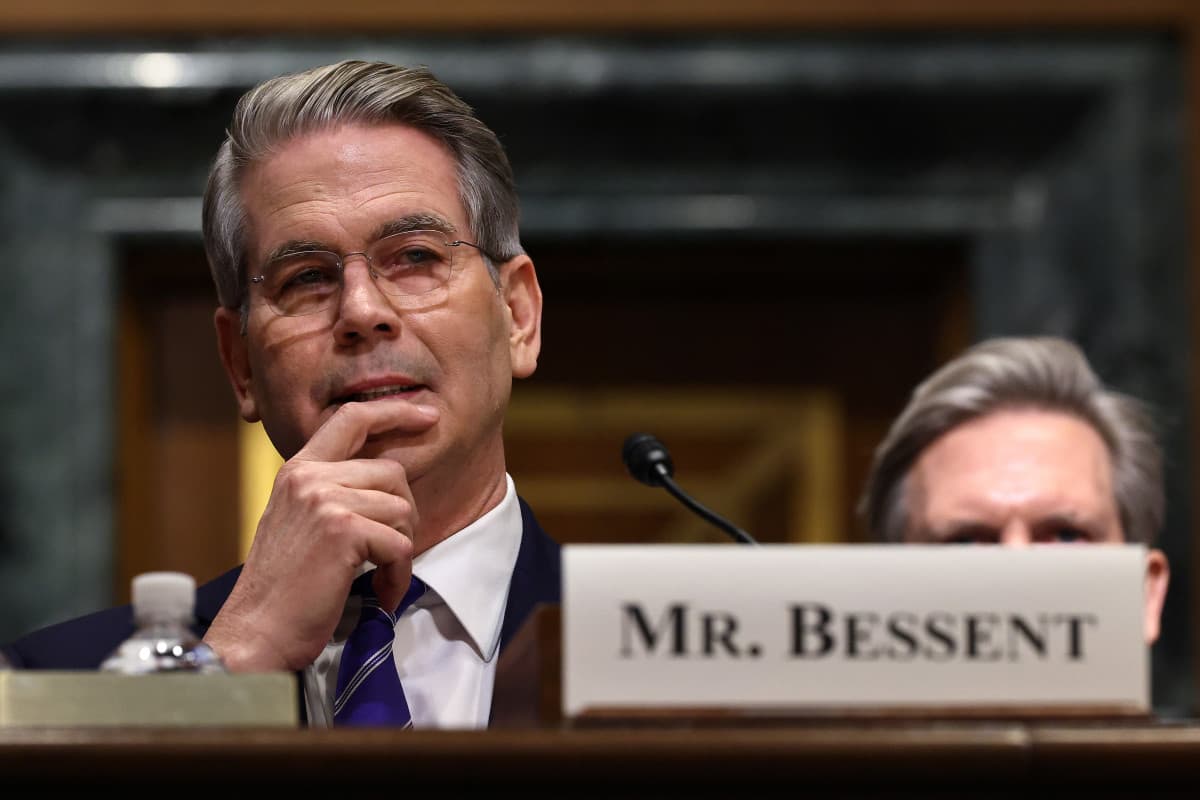Investors Brace for Holiday Turbulence as AI Valuations Falter
Markets are entering the holiday period under heightened uncertainty as expectations for near term Federal Reserve rate cuts recede and investors reassess richly priced AI linked stocks. The combination of falling breadth, an elevated volatility index and mixed earnings reactions creates a precarious backdrop for portfolios heading into year end.

On November 23, 2025, U.S. equity markets were trading with increased caution as investors sized up two connected risks that could shape returns into the new year. The S&P 500 and the Nasdaq were off roughly 4 percent and 7 percent respectively from late October highs, and the Cboe Volatility Index remained elevated, signalling persistent investor anxiety even after several months of strong gains led by artificial intelligence related names.
The market chop reflects growing doubts about the timing and likelihood of an early Fed rate cut. Market implied odds of a December reduction in the federal funds rate have fallen considerably from prior expectations set earlier this fall, shifting positioning across equities, fixed income and derivatives markets. The prospect of policy staying restrictive for longer raises the discount rate applied to high growth earnings, a direct headwind for AI and software companies whose valuations were a key driver of the 2025 rally.
That reassessment was on display in the market reaction to Nvidia results. The company posted strong revenue and profit figures, but the stock fell after the earnings release, underscoring investor nerves around profit narratives and future assumptions. The drop in Nvidia and similar stiff trading in other AI related stocks have prompted renewed scrutiny of valuation metrics that in many cases remain above historical norms for the size and maturity of the businesses involved.
Technically, markets have shown wider intraday swings as participants grapple with the competing forces of earnings optimism and policy uncertainty. Elevated volatility often tightens liquidity for large cap growth names and amplifies price moves, which can create concentrated short term losses even when broader economic fundamentals remain intact. Portfolio managers and analysts are split on how to navigate this phase. Some view dips as buying opportunities that play to longer term secular growth in AI adoption, while others argue the market may need time to re price expectations toward more conservative growth and margin assumptions.
Macro data coming into the holiday period will be decisive. Payrolls and inflation prints will influence the Fed calculus and could either restore confidence in a scheduled cut or cement expectations that policy will remain restrictive. That in turn will affect asset allocation, with potential rotations into value, cyclicals or cash if higher rates persist.
For investors the immediate takeaway is to expect heightened volatility and to reassess exposure to companies whose valuations depend on optimistic long term growth trajectories. Over the longer term, the market will be testing whether the AI led gains of 2025 represented durable earnings acceleration or a faster to fade repricing tied to changes in interest rate expectations. The outcome will matter for portfolio returns and for broader capital allocation into technology driven sectors in 2026.


